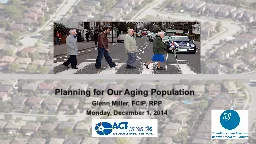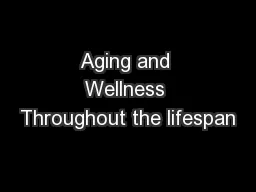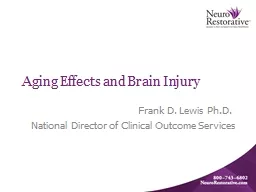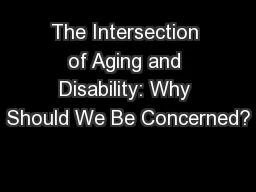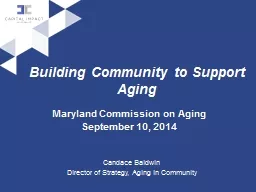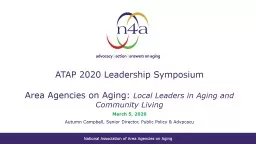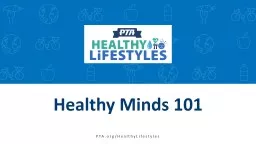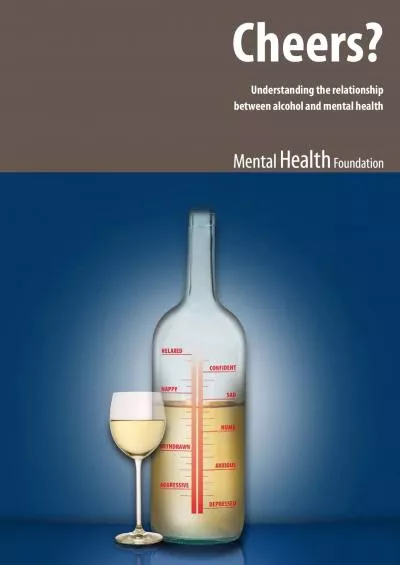PPT-Mental health and Aging Vineeth
Author : CutiePatootie | Published Date : 2022-08-03
John MD MBA Case of a new onset Bipolar Disorder A 60yearold righthanded previously successful and psychiatrically healthy businessman was brought by his family
Presentation Embed Code
Download Presentation
Download Presentation The PPT/PDF document "Mental health and Aging Vineeth" is the property of its rightful owner. Permission is granted to download and print the materials on this website for personal, non-commercial use only, and to display it on your personal computer provided you do not modify the materials and that you retain all copyright notices contained in the materials. By downloading content from our website, you accept the terms of this agreement.
Mental health and Aging Vineeth: Transcript
Download Rules Of Document
"Mental health and Aging Vineeth"The content belongs to its owner. You may download and print it for personal use, without modification, and keep all copyright notices. By downloading, you agree to these terms.
Related Documents


